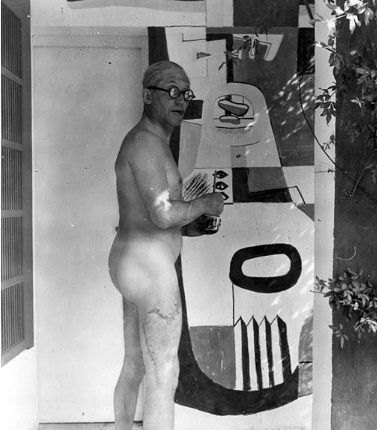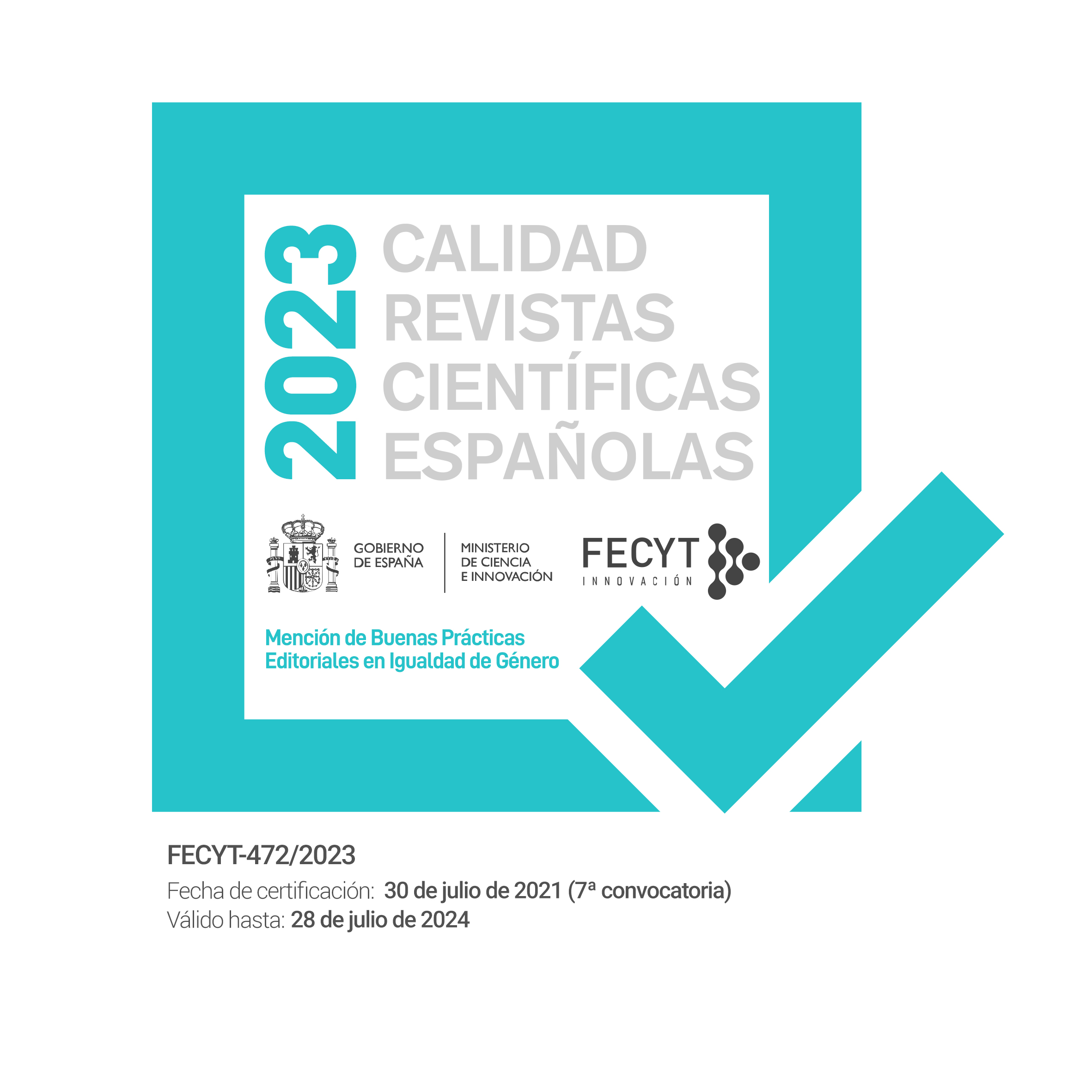The King is Naked! Authenticity and conservation of Le Corbusier’s architectural works 50 years after his death
DOI:
https://doi.org/10.30827/erph.19.2016.5499Keywords:
Conservation, restoration, preservation, modern architecture, authenticityAbstract
The reception of Le Corbusier’s cultural heritage is a complicated and many-fold matter that implies a critical analysis of his works, which also considers issues concerning its conservation and transmission to the future.
Achieved between the Twenties and the Sixties, Le Corbusier’s architectural works have inevitably weathered and, in many cases, have fallen in a pathologic disrepair. Conservation works, restorations, reconstructions and repairs have then modified its consistency and, also, its state of authenticity. This wide range of experiences shows that the true aim is here to maintain Le Corbusier’s heritage in an ever-lasting intactness, acknowledging its symbolic and iconic values, much more than historical and memory ones. Consequently, as time goes by, historians become unaware toft e fact that they ponder upon architectural works that are being thoroughly modified, transformed and altered. Their critical assessments are, in fact, based upon an ever-changing heritage, and this influences the making of architectural history and the transmission of this heritage.
Fifty years after Le Corbusier's death is time for historical balances, which imply a previous evaluation of what still persists of his works and the understanding of how and why this heritage has been modified, carefully considering what is still materially ‘authentic’. Such evaluation seems today essential in view of a truthful conservation of Le Corbusier’s architectural heritage, and beyond.
Downloads
References
ACERBONI, F. (1999). “Quartiere moderno Frugès”. Abitare. 385, pp. 62-169.
ACERBONI, Francesca (1990). “Sulla Maison Guiette”. Te.Ma, 1, p. 31.
BAINES, Georges (1990). “La Maison Guiette a Anvers”, in La conservation de l'oeuvre construite de Le Corbusier". Atti del II incontro della 'Fondation Le Corbusier', Parigi 1990, Parigi: Fondation Le Corbusier, pp. 39-62.
BLANCHECOTTE, Jean-Marc (1990). “Les bâtiments de Le Corbusier dans les Hautssur-Seine”. La conservation de l'oeuvre construite de Le Corbusier. Atti del II incontro della 'Fondation Le Corbusier', Parigi: Fondation Le Corbusier, pp. 27-38.
DE FAZIO, Angela (2006). “Intervista Franco Purini sul tema: il restauro del Moderno e i nuovi modi di abitare la città”. PresS/Tletter. 13, all. 1.
FERRARI, Enrico Maria (2000). “Conservate il Moderno! Il quartiere Frugès a Pessac”. Recuperare l'Edilizia. 16, pp. 73-77.
GOVEN, Françoise (2007). “Une oeuvre paradoxale, l'église Saint-Pierre de Firminy-Vert”, Monumental. 2, pp. 72-79.
GRESLERI, Giuliano (2006). “Firminy e la storia compiuta”. Parametro. 226, pp. 57.
GRIGNOLO, Roberta (2012). “La salvaguardia dello spazio interno moderno come priorità per una musealizzazione attiva”, in Lo spazio interno moderno come oggetto di salvaguardia. Atti del seminario, Mendrisio, 2011. Mendrisio-Cinisello Balsamo: Mendrisio Academy Press - Silvana Editoriale, pp. 64-77.
GSCHWIND, Friedemann (2009). “La réhabilitation de la Maison double de Le Corbusier à Stuttgard”. Monumental. 2, pp. 24-27.
HERNÁNDEZ MARTÍNEZ, Ascensión (2010). La clonazione architettonica, Milano: Jaca Book (orig. La clonación arquitectónica, Madrid: Siruela, 2007).
LOIK, Mirella (1994). “Rifacimenti, ripristini e recuperi conservativi in quattro esemplari di architetture parigine di Le Corbusier”, in L'Architettura moderna. Conoscenza, tutela, conservazione. Atti del convegno, Milano, 1993, Firenze: Alinea, pp. 106-107.
MALLIET, Anne (1987). “Le Corbusier Huis Guiette gerestaureerd”. M & L. Monumenten & Landshappen. 6, pp. 51-60.
MURPHY, Kevin D. (2002). “The Villa Savoye and the Modernist Historic Monument”. Journal of the Society of Architectural Historians. 61, pp. 68-89. DOI: https://doi.org/10.2307/991812
PEZZOLLA, Riccardo (1997). “I colori di Le Corbusier nelle collezioni 'Salubra'”. Aνάγκη. 20, pp. 16-27.
RAGOT, Gilles (2005). “Restitution. L'église Saint-Pierre de Firminy de Le Corbusier”, Faces. 58, pp. 18-21.
REICHLIN, Bruno (1988). “Une petite maison sul lago Lemano. La controversia Perret- Le Corbusier”. Lotus International. 4, pp. 59-84.
REICHLIN, Bruno (1997/1998). “Sauvegarde du moderne: questions et enjeux”, Faces. 42/43, p. 4.
RÜEGG, Arthur (1994). “Colour Concepts and Colour Scales in Modernism». Daidalos. 51, pp. 66-77.
RÜEGG, Arthur (1997). Polychromie architecturale. Les claviers des couleurs de Le Corbusier de 1931 et de 1950, Basilea: Birkhäuser.
SALVO, Simona (2016), Restaurare il Novecento. Storia esperienze prospettive. Macerata: Quodlibet.
SAMPÒ, Luca (2004). “Esecuzione differita e restauri lecorbuseriani: dati tecnici e problemi aperti”, Materiali e strutture: problemi di conservazione. 3-4, pp. 140-163.
TSCHUMI, Bernard (1996). Advertisements for Architecture, Architecture and Disjunction, Cambridge-Massachussets: MIT Press.
VARAGNOLI, Claudio (2016). “Presentazione”. In: Simona Salvo, Il restauro dell’architettura del Novecento. Storia esperienze Prospettive, Macerata: Quodlibet, pp. 7-9.
VEYRET, Jean Luc (1990). “La cité Frugès à Pessac”, in La conservation de l'oeuvre construite de Le Corbusier". Atti del II incontro della 'Fondation Le Corbusier'. Parigi, 1990, Parigi: Fondation Le Corbusier:, pp. 71-90.
ZEVI, Bruno (1959). “Malraux salva il capolavoro di Le Corbusier”. L'architettura. Cronaca e Storia. 44, p. 81.

Downloads
Published
How to Cite
Issue
Section
License
Copyright (c) 2016 Simona Salvo

This work is licensed under a Creative Commons Attribution-NonCommercial 4.0 International License.
Las/os autoras/es conservan los derechos de autoría y otorgan a la revista el derecho de primera publicación (reproducción, edición, distribución, comunicación pública y exhibición).
Más infomación en Sobre la revista > Aviso de derechos de autor/a














